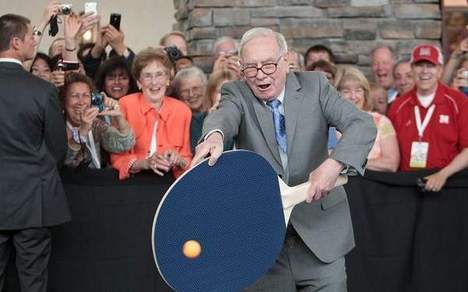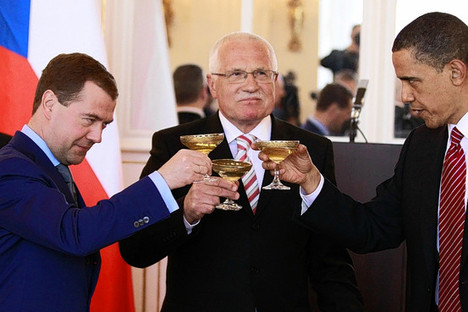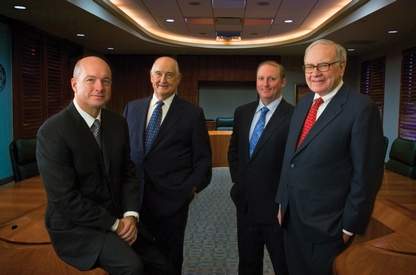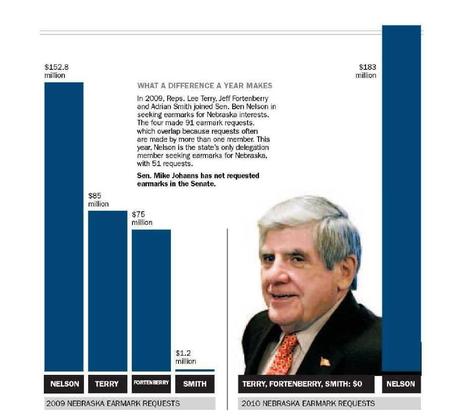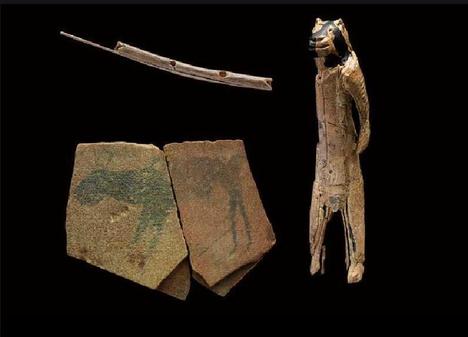
“A space heater with a feather duster qualified for Energy Star . . . as an air purifier.” Source of caption and photo: http://blogs.consumerreports.org/home/2010/03/gao-audit-energy-star-program-bogus-products-energy-use-consumer-reports-testing-best-appliances.html
Those who call for more government regulations to protect us, should deeply ponder the story quoted below.
(p. A16) WASHINGTON — Does a “gasoline-powered alarm clock” qualify for the EnergyStar label, the government stamp of approval for an energy-saving product?
Like more than a dozen other bogus products submitted for approval since last June by Congressional auditors posing as companies, it easily secured the label, according to a Congressional report to be issued Friday. So did an “air purifier” that was essentially an electric space heater with a feather duster pasted on top, the Government Accountability Office said.
In a nine-month study, four fictitious companies invented by the accountability office also sought EnergyStar status for some conventional devices like dehumidifiers and heat pump models that existed only on paper. The fake companies submitted data indicating that the models consumed 20 percent less energy than even the most efficient ones on the market. Yet those applications were mostly approved without a challenge or even questions, the report said.
Auditors concluded that the EnergyStar program was highly vulnerable to fraud.
For the full story, see:
MATTHEW L. WALD. “EnergyStar Program Audit Finds Fraud Vulnerability.” The New York Times (Fri., March 26, 2010): A16.
(Note: the online version of the article was dated March 25, 2010 and had the title “Audit Finds Vulnerability of EnergyStar Program.”)


